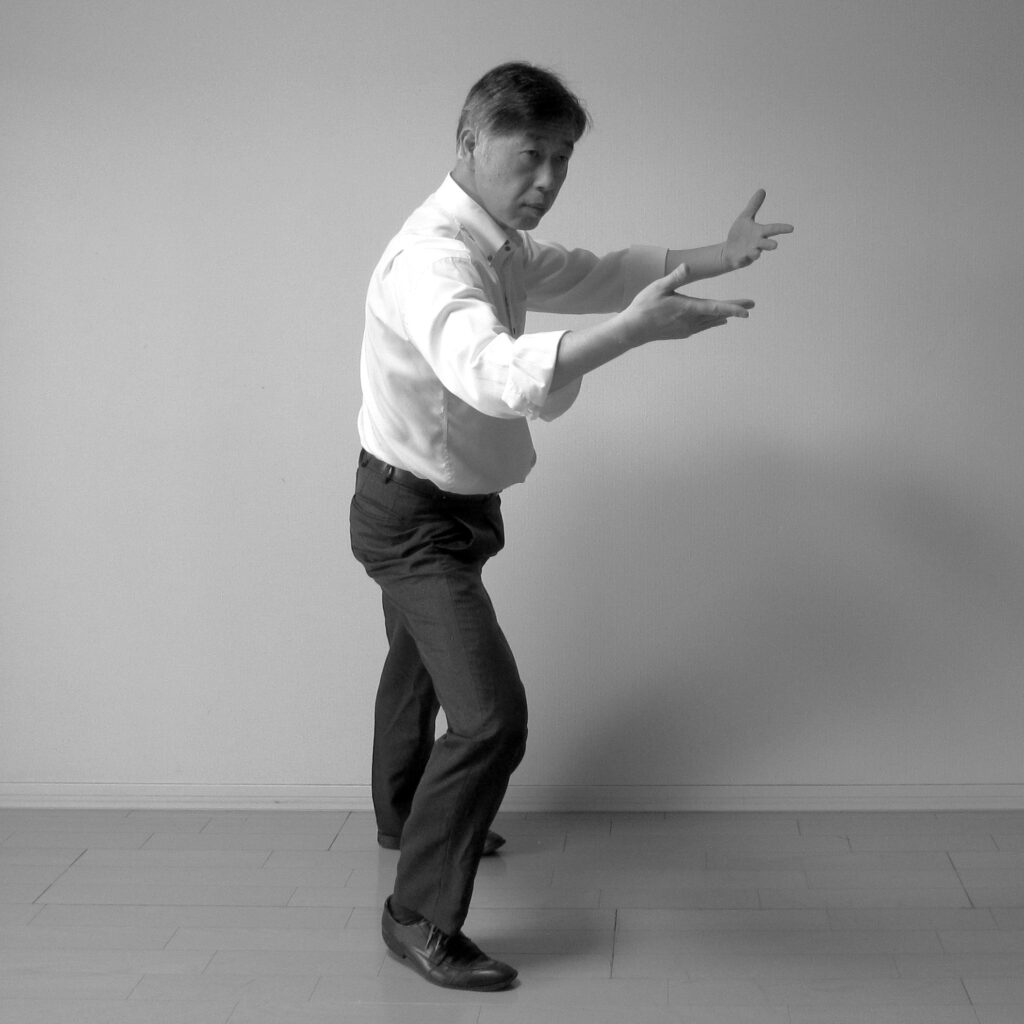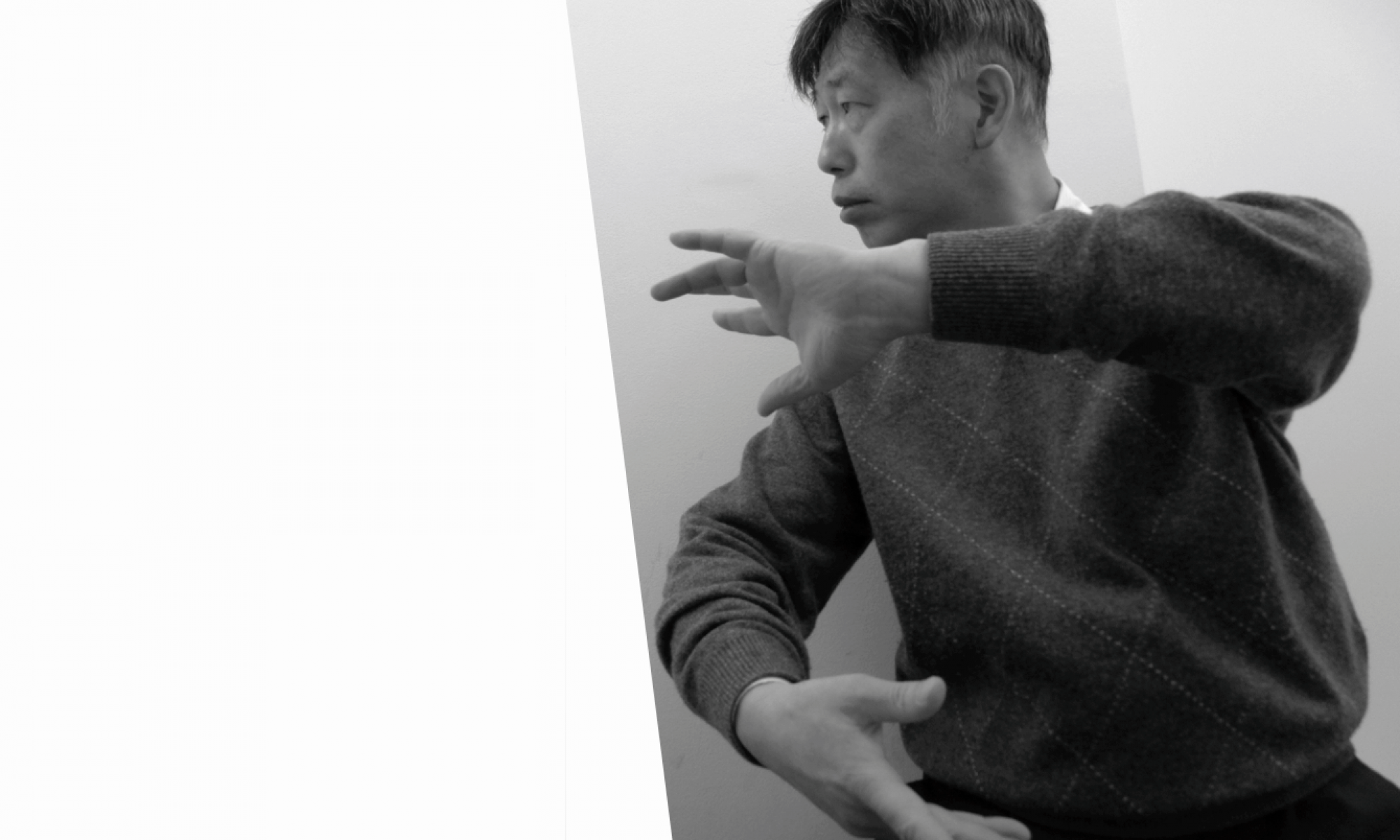
What is the “Peng (掤)” of Tai Chi Chuan?
In Tai Chi, it is often said that the opponent’s attack is neutralized by “Hua Jin (化勁)”.
However, it is not easy to deal with quick punches and kicks with “Huajin”.
To make it possible, a skill supported by tradition is necessary.
Now, let’s explain the “Peng (掤)” of “Peng Lu Ji An(掤 捋 擠 按)”.
In Tai Chi, the Peng(掤) is talked as a Peng Jin (掤勁).
Peng Jin (掤勁) grows with a soft tense force that expands energy from the center of the body to outside.
My energy expands in a spherical shape, and the opponent’s energy also expands in a spherical shape.
Eventually, the two energy spheres will contact and be connected through each other’s hands.
The tension of the hand is delicate and subtle like the plant leaves grows.
Peng Jin (掤勁) is an action to assimilate instantly into the opponent at the touched point.
I think this is an original meaning of the Peng Jin (掤勁).
The image of Peng Jin (掤勁) is rather a hand touching softly and sticky to the opponent than changing the opponent power.
If Peng (掤) cannot be made, the next “Lu (捋)”cannot be made.
At the first, a connection with Peng (掤) is taken, then you can change the direction of your opponent’s power with Lu (捋).
Theoretically, Peng (掤) and Lu (捋) are combined to become a Hua Jin (化勁).
If you were trapped with Hua Jin (化勁), your force direction would be changed without the impact feeling.
What I want to talk about in this chapter is not Hua Jin (化勁).
It is the “Peng (掤)”that is the basis of the flow of movement in Tai Chi forms.
The form is a series of the continuous movement of fighting techniques, but a technique consists of the four frame movements.
This four frame represents in Peng Lu Ji An (掤 捋 擠 按) as follows.
“Peng (掤)” = “Release the tension and invite the opponent”
“Lu (捋)”= “Drag and shift the attack force direction”
“Ji (擠)”= “Step closer and take the midline”
“An (按)”= “Push in and deliver the impact inside”
In this sense, “Release the tension and invite the opponent” becomes “Peng (掤)”.
I have a little broader interpretation and perceive it as “invitation”.
You don’t need to touch the opponent always with your hands.
While keeping the fighting distance, put your hand into the space like an antenna.
This is also a “Peng (掤)” action.
It connects with the opponent through the space.
A fighting distance is a state in air combat maneuvering to keep barrier each other quietly.
Partly remove the barrier, deliberately disclosure the target and invite the opponent.
In Tai Chi form, the first action invites the opponent to draw his intention to hit your face.
Like the photo at the beginning, open your hands up and put your face front of the opponent.
This is a typical invitation style in bow stance in Tai Chi.
It would be advantageous if you could initiate the opponent to hit you at your timing.
Draw the opponent’s punch until just before hitting, and disappear the target instantly.
In other words, Hua Jin (化勁) is established even if you do not touch the opponent.
Tai Chi is fascinating because such a traditional movement is inherited as the way to the masters.
The invitation skill is a principle of martial arts.
